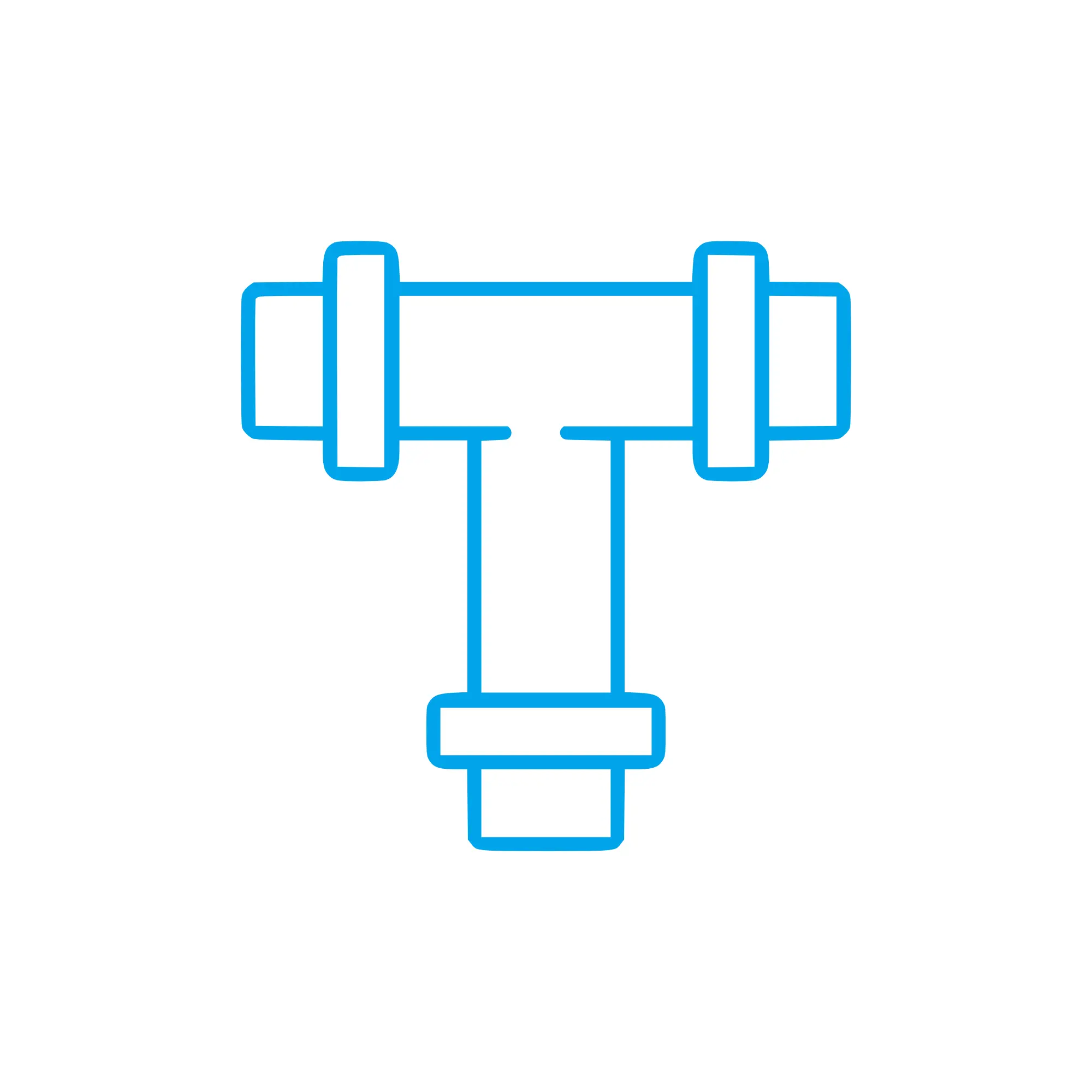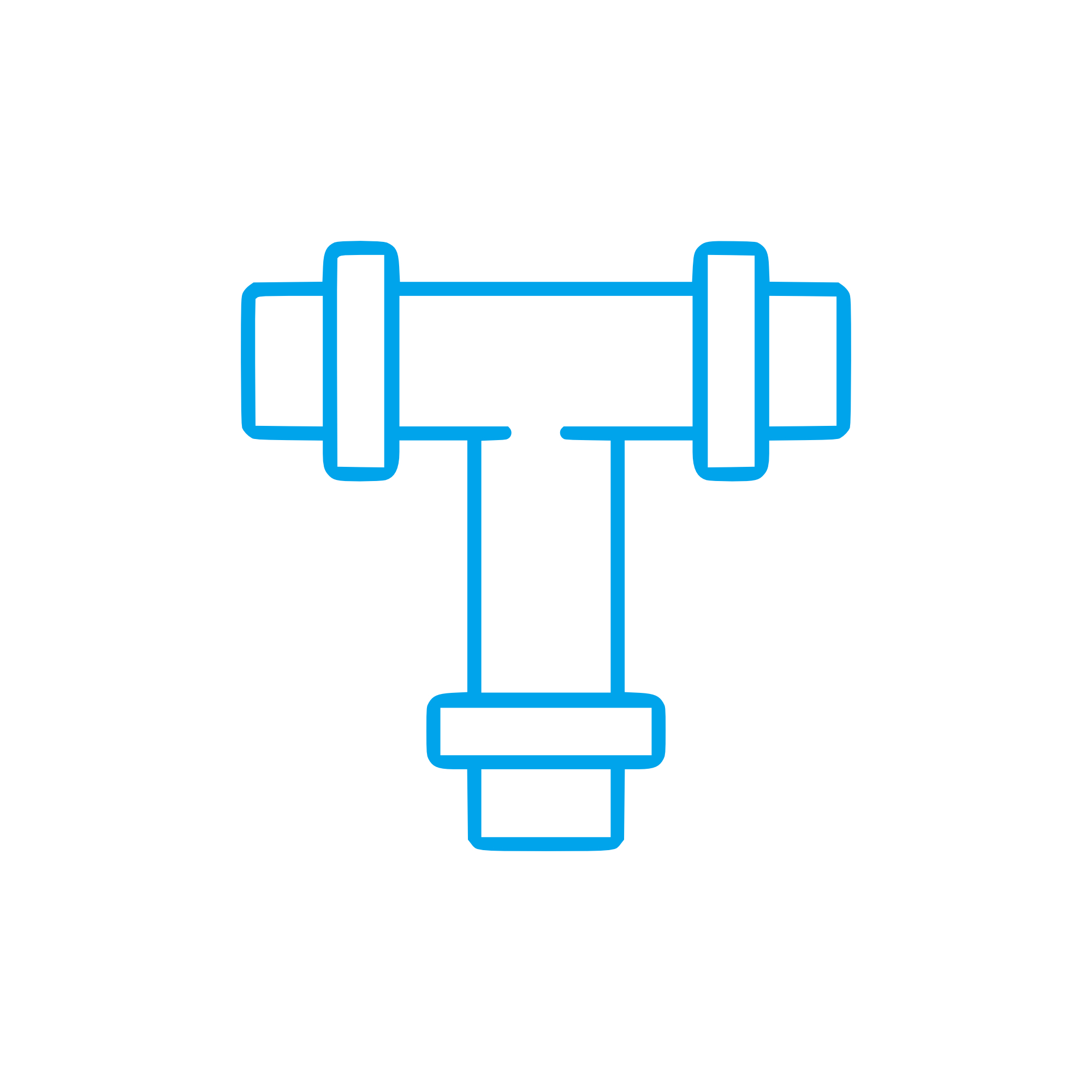LUBRICATION OIL SUCTION PIPE in Lines and Pipes for High‑Duty Engines
Lines and pipes are the circulatory system of any marine engine or diesel engine, transporting critical media—lubrication oil, fuel, coolant, air, and hydraulic fluids—safely and efficiently through the machine. As precision‑engineered conduits, they manage flow, pressure, and temperature while resisting vibration, corrosion, and thermal cycling. Within this category, the LUBRICATION OIL SUCTION PIPE plays a central role: it feeds the oil pump from the sump, ensuring a stable supply of clean lubrication oil to bearings, pistons, camshafts, and turbochargers. Without robust lines and pipes, engine performance, efficiency, and uptime are compromised.
Technical function: Lines and pipes with focus on the LUBRICATION OIL SUCTION PIPE
In every engine, media must move predictably from point A to point B with minimal losses and zero contamination. Lines and pipes do this by balancing internal diameter, wall thickness, routing, and connection technology. On the suction side of the lubrication circuit, the LUBRICATION OIL SUCTION PIPE in a diesel engine or marine engine connects the oil sump to the pump inlet, often incorporating a pickup screen and carefully engineered bends. Its job is to minimize pressure drop, prevent air ingress, and avoid pump cavitation. The geometry is typically short and generous in diameter; fittings and transitions are smooth to keep flow non‑turbulent and to preserve the pump’s net positive suction head (NPSH) margin.
Material selection is application‑driven. Rigid lines are commonly seamless steel or stainless steel with flanged, flared, or compression fittings (e.g., DIN 2353/ISO 8434), while flexible sections may use wire‑braided hose for vibration decoupling. In marine environments, coatings and alloys are chosen for superior corrosion resistance, and supports are placed to withstand dynamic loads. The LUBRICATION OIL SUCTION PIPE OEM parts are engineered to match the engine maker’s tolerances for ovality, wall thickness, and bend radius, ensuring predictable pressure behavior and leak‑tight connections under thermal cycling.
Key characteristics of Lines and Pipes in engine systems
- · Stable flow with low pressure loss
- · High resistance to vibration and pulsation
- · Precise fit and sealing at all interfaces
- · Corrosion‑resistant materials and coatings
- · Cleanliness control to protect sensitive components
- · Routing designed for service access and safety
- · Compliance with engine‑builder specifications
Importance for engine operation and service life
Lines and pipes are mission‑critical to reliability. If a LUBRICATION OIL SUCTION PIPE for marine engine service becomes cracked, clogged, misaligned, or porous, the oil pump may ingest air or debris. The result can be a rapid drop in oil pressure, bearing distress, accelerated wear of journals and cam lobes, and eventual seizure. Likewise, a collapsed suction hose or a distorted pick‑up screen increases restriction, leading to cavitation, noise, heat, and premature pump failure.
Beyond lubrication, faults in fuel, coolant, or charge‑air lines cause misfires, overheating, or reduced power. Small pinholes from corrosion can create atomized leaks—an acute fire risk in engine rooms. Vibrational fatigue at unsupported spans or incorrect clamp spacing can propagate cracks. Over time, thermal cycling hardens elastomers and relaxes clamps, turning minor weeping into critical leaks. Keeping lines and pipes in specification safeguards efficiency, cuts oil and fuel consumption variance, and protects the entire powertrain from cascading failures and costly unscheduled downtime.
Advantages of OEM spare parts suitable for Lines and Pipes and the LUBRICATION OIL SUCTION PIPE
For components that define flow integrity and sealing, dimensional fidelity matters. OEM spare parts suitable for lines and pipes reproduce exact geometries, ferrule types, and surface finishes specified by the engine maker. That precision delivers repeatable pressure‑drop characteristics in suction and pressure circuits and supports safe clamp loads without overstressing the tube. It also ensures elastomer compatibility with the intended oils, fuels, or coolants.
Choosing OEM spare parts suitable for the LUBRICATION OIL SUCTION PIPE OEM parts protects performance, reliability, budget, and service life in several ways:
- · Fit‑for‑purpose metallurgy and heat treatment for fatigue and corrosion resistance
- · Verified cleanliness levels to protect pumps, injectors, and bearings
- · Correct bend radii and routing to preserve NPSH and avoid cavitation
- · Tested joints (brazed/welded/fitted) for leak tightness and dimensional stability
- · Faster installation with no rework, reducing labor hours and downtime
- · Traceable documentation to support class and compliance audits
By maintaining the designed flow path of the LUBRICATION OIL SUCTION PIPE in a diesel engine, these parts help sustain stable oil pressure across operating ranges, improving bearing life and minimizing unplanned stops.
MOPA as your partner for OEM spare parts in Lines and Pipes
MOPA is an experienced and reliable partner for OEM spare parts in the article category Lines and pipes, including the LUBRICATION OIL SUCTION PIPE for marine engine and diesel engine fleets. We move fast: from identification to delivery, our team streamlines sourcing against engine serials and technical drawings. We focus on quality and security in the trade of OEM parts for diesel and gas engines—offering traceability, documentation, and consistent communication so you receive exactly what your maintenance plan requires.
Whether you need a single LUBRICATION OIL SUCTION PIPE OEM part or a complete set of lubrication, fuel, and coolant lines, MOPA supports planned overhauls and urgent AOG/vesel‑off‑hire situations alike. Our network ensures efficient lead times, while our technical expertise helps avoid specification mismatches that can jeopardize reliability or extend downtime.
Conclusion: LUBRICATION OIL SUCTION PIPE and Lines and Pipes keep engines dependable
Well‑engineered lines and pipes—especially the LUBRICATION OIL SUCTION PIPE—are vital to stable lubrication, safe operation, and long engine life. Selecting OEM spare parts suitable for this category preserves performance, reduces risk, and delivers better lifecycle economics for marine engine and diesel engine assets.




